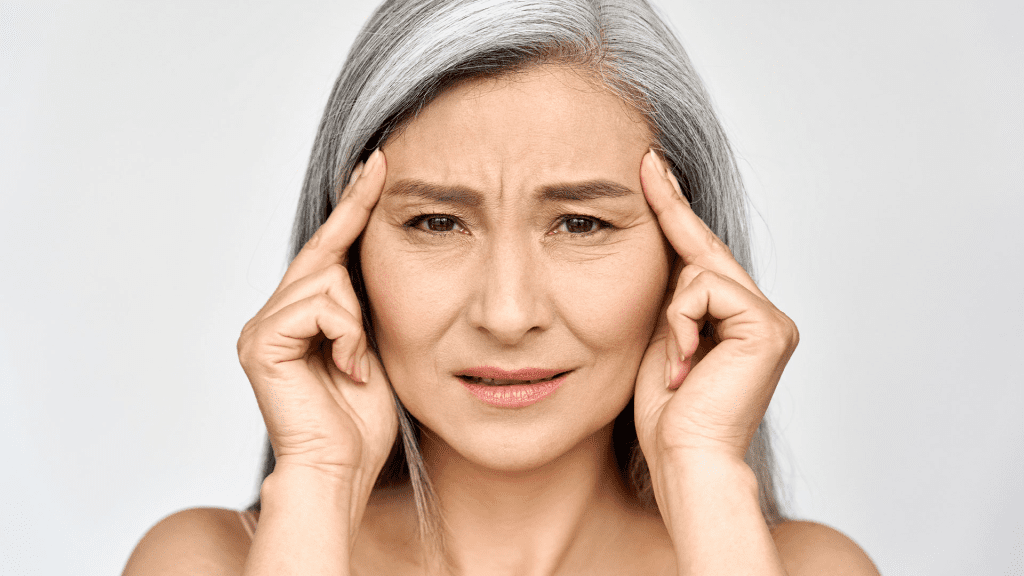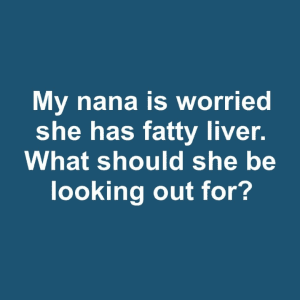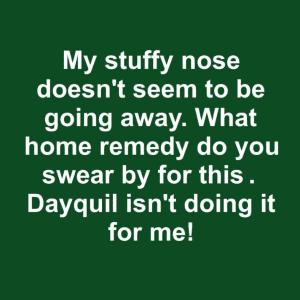Diverticulosis and diverticulitis are two conditions that affect the large intestine, often causing discomfort and complications if left untreated. In this article, we’ll explore the differences between these two conditions, their causes, symptoms, and how to manage them effectively. Whether you’re already dealing with these conditions or seeking to prevent them, this guide will provide valuable insights into maintaining optimal gut health.
What Are Diverticulosis and Diverticulitis?

Diverticulosis occurs when small, bulging pouches (diverticula) form in the lining of your digestive system, particularly in the colon. These pouches are common, especially in people over 40, and often don’t cause any symptoms. However, when these pouches become inflamed or infected, the condition is known as diverticulitis. Diverticulitis can lead to severe abdominal pain, fever, and digestive complications, requiring medical intervention.
Causes and Risk Factors
Understanding what causes diverticulosis and diverticulitis can help you take preventative measures. The exact cause isn’t always clear, but several factors can contribute to the development of these conditions:
- Low Fiber Diet: A diet low in fiber is one of the primary risk factors. Fiber helps keep stool soft and lowers the pressure in the colon, reducing the risk of diverticula formation.
- Aging: As you age, the walls of your colon may weaken, making it easier for diverticula to form.
- Obesity: Being overweight increases the risk of developing diverticulosis and the more serious diverticulitis.
- Lack of Exercise: Regular physical activity can help maintain a healthy digestive system, while a sedentary lifestyle can increase the risk of these conditions.
- Smoking and Alcohol: Both smoking and excessive alcohol consumption are linked to a higher risk of diverticulitis.
Recognizing the Symptoms

While diverticulosis often doesn’t cause symptoms, diverticulitis is usually more noticeable. Here are some common signs to look out for:
- Abdominal Pain: The most common symptom of diverticulitis is a sharp pain in the lower left side of the abdomen. This pain can be severe and may worsen over time.
- Fever and Chills: An infection in the diverticula can lead to fever and chills, indicating that your body is fighting off inflammation.
- Nausea and Vomiting: As the digestive system becomes irritated, nausea and vomiting may occur.
- Changes in Bowel Habits: You may experience constipation or diarrhea as your colon tries to deal with the inflammation.
- Blood in Stool: Although less common, bleeding can occur from the inflamed diverticula, leading to blood in your stool.
Managing and Treating Diverticulosis and Diverticulitis

If you’ve been diagnosed with diverticulosis or diverticulitis, there are several steps you can take to manage the condition and prevent complications:
- Increase Fiber Intake A high-fiber diet is crucial for preventing and managing diverticulosis. Fiber-rich foods, such as whole grains, fruits, and vegetables, help soften stool and reduce pressure in the colon. Consider adding organic supplements like buy organic green tea or buy high-quality vitamin C to boost your fiber intake.
- Stay Hydrated Drinking plenty of water helps keep your digestive system functioning smoothly. Hydration is key when consuming more fiber, as it helps prevent constipation.
- Regular Exercise Regular physical activity promotes healthy digestion and can prevent the development of diverticulitis. Even a daily walk can make a significant difference in maintaining gut health.
- Avoid Certain Foods Some people find that certain foods, such as nuts, seeds, or popcorn, can irritate the colon. If you notice symptoms after eating these foods, it may be best to avoid them.
- Consider Supplements Incorporating supplements like top rated probiotics for gut health, best vitamins for immune system, and buy omega-3 fish oil can support overall gut health and reduce inflammation.
- Medication and Surgery In severe cases of diverticulitis, antibiotics may be necessary to clear the infection. In rare cases, surgery might be required to remove the affected portion of the colon.
Natural Remedies and Lifestyle Adjustments

In addition to conventional treatments, there are several natural remedies and lifestyle adjustments that can help manage and prevent diverticulitis:
- Buy natural remedies for anxiety to reduce stress, which can exacerbate digestive issues.
- Buy magnesium supplements to promote regular bowel movements and prevent constipation.
- Best herbal teas for sleep can help improve your sleep quality, which is essential for overall health.
- Buy ashwagandha online to help reduce inflammation and improve gut health.
Preventing Future Flare-Ups
Preventing flare-ups of diverticulitis involves making long-term lifestyle changes. Here’s what you can do:
- Maintain a Healthy Weight Keeping a healthy weight reduces the pressure on your colon and lowers your risk of developing diverticula.
- Don’t Ignore Digestive Symptoms If you experience any new or worsening digestive symptoms, don’t ignore them. Early intervention can prevent minor issues from becoming severe.
- Regular Screenings If you’re over 50 or have a family history of digestive diseases, regular screenings like colonoscopies are crucial. Early detection of issues can prevent serious complications.
Conclusion: Take Control of Your Gut Health
Understanding diverticulosis and diverticulitis is the first step in taking control of your gut health. By making simple lifestyle changes, increasing your fiber intake, and incorporating supplements like buy immune support supplements or best supplements for heart health, you can manage these conditions effectively and prevent future complications. Remember, your gut health is essential for your overall well-being, so take action today to keep it in check.


